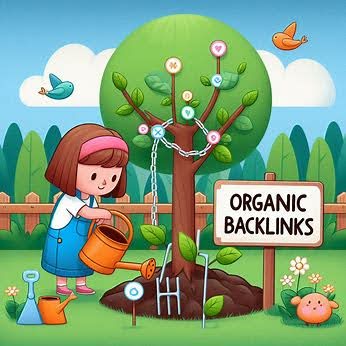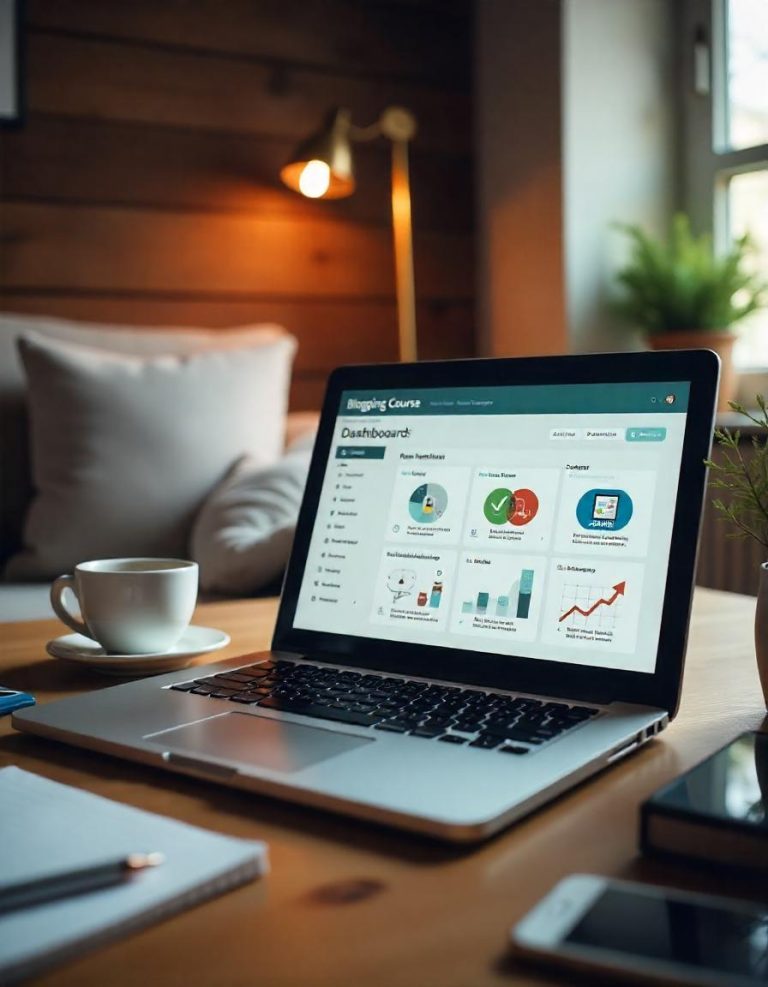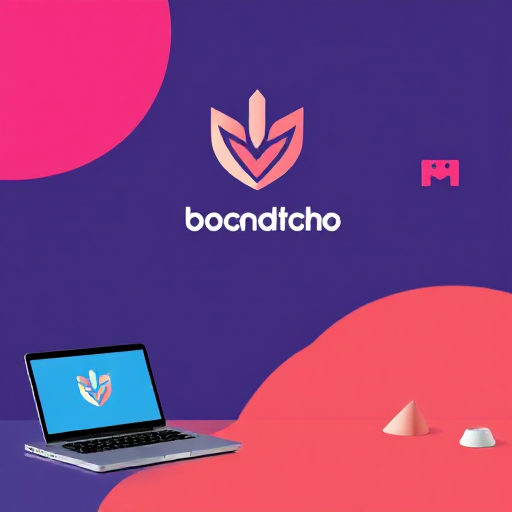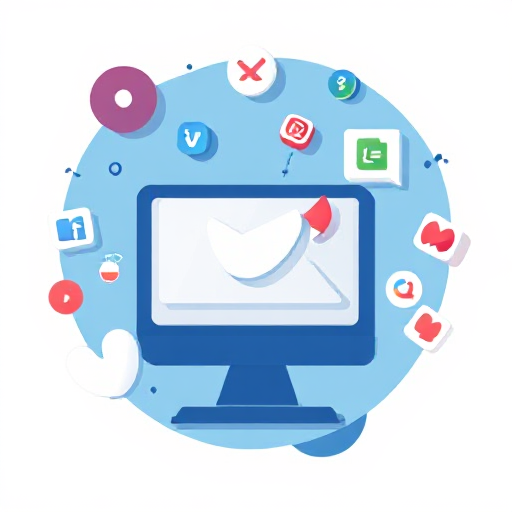Affordable Email Newsletters Design
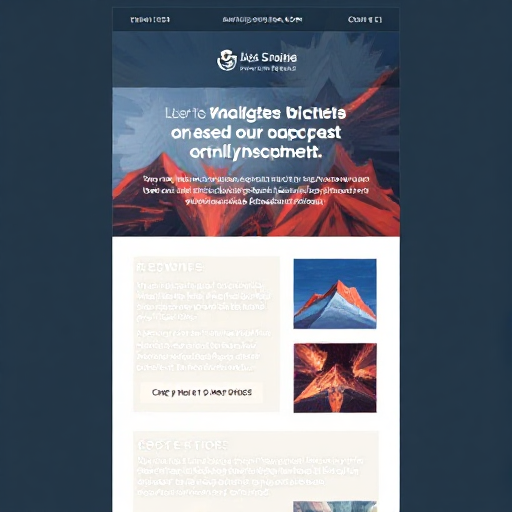
Email newsletters remain one of the most effective ways to engage with your audience, promote your brand, and drive conversions. However, designing an appealing and professional newsletter doesn’t have to break the bank. This article explores practical strategies and tools for creating affordable email newsletters without compromising quality.
Why Email Newsletters Matter
Email newsletters offer a direct line of communication with your audience, whether you’re promoting products, sharing updates, or delivering valuable content. Key benefits include:
- Cost-effectiveness: Compared to other marketing channels, email offers a high return on investment (ROI).
- Personalization: Allows you to tailor content to specific segments of your audience.
- Analytics: Provides measurable results through metrics like open rates, click-through rates, and conversions.
Key Elements of an Effective Newsletter
Before diving into cost-saving tips, let’s highlight the essential components of a successful email newsletter:
- Engaging Subject Line: Captures attention and encourages opens.
- Clear Branding: Consistent logo, colors, and tone of voice.
- Readable Layout: Easy-to-navigate sections and visually appealing design.
- Call-to-Action (CTA): Encourages readers to take the next step (e.g., visit your website, read a blog post, make a purchase).
- Responsive Design: Optimized for both desktop and mobile devices.
Affordable Email Newsletter Design Tips
Creating newsletters on a budget requires smart choices and efficient use of resources. Here are some actionable tips:
1. Leverage Free or Low-Cost Tools
- Email Marketing Platforms: Platforms like Mailchimp, Sendinblue, and ConvertKit offer free plans for small businesses or startups. These plans often include pre-designed templates and drag-and-drop editors.
- Graphic Design Tools: Canva and Figma offer free or affordable subscriptions with templates tailored for email headers, banners, and more.
- Stock Image Websites: Use free resources like Unsplash, Pexels, or Pixabay for high-quality visuals.
2. Start with Templates
Pre-designed templates save time and money. Many platforms provide customizable templates, allowing you to align designs with your branding without hiring a professional designer.
3. Simplify Your Design
A minimalist approach can reduce design costs and improve readability. Focus on:
- Clean layouts with ample white space.
- Limited color palettes and fonts.
- Concise content that avoids clutter.
4. Use Free Plugins and Integrations
Enhance functionality with free add-ons like:
- Social media buttons.
- Embedded videos or GIFs.
- Survey and feedback forms.
5. Repurpose Existing Content
Repurpose blog posts, social media updates, or product descriptions into newsletter content. This reduces the need for fresh material while maintaining value.
6. Opt for In-House Design
If your team has design skills, utilize their expertise instead of outsourcing. For beginners, online tutorials can help develop basic design proficiency.
7. A/B Test for Efficiency
Experiment with different designs and content to determine what resonates most with your audience. This avoids wasted effort on ineffective layouts or messaging.
Examples of Affordable Newsletter Ideas
- Weekly Roundups: Highlight top blog posts, trending news, or product updates.
- Exclusive Discounts: Offer deals or promo codes to subscribers.
- User-Generated Content: Showcase customer testimonials, reviews, or social media posts.
- Educational Content: Share how-to guides, tips, or industry insights.
- Event Announcements: Promote upcoming webinars, live events, or launches.
Affordable Yet Professional Design Practices
- Mobile Optimization: Ensure your newsletter looks good on all devices.
- Alt Text for Images: Improves accessibility and ensures clarity if images fail to load.
- Consistent Branding: Stick to your brand guidelines to build trust and recognition.
Measuring Success on a Budget
Track these key metrics to evaluate your newsletter’s performance:
- Open Rate: Percentage of recipients who open your email.
- Click-Through Rate (CTR): Percentage of readers clicking links.
- Conversion Rate: Actions taken after clicking through, such as purchases.
- Bounce Rate: Percentage of undelivered emails.
Free analytics tools included in email marketing platforms often provide these insights.
Creating affordable email newsletters is entirely possible with the right strategies and tools. By leveraging free resources, focusing on simplicity, and repurposing content, you can design newsletters that effectively engage your audience without overspending. Remember, consistency and value are key—delivering meaningful content regularly will keep your subscribers coming back for more.


